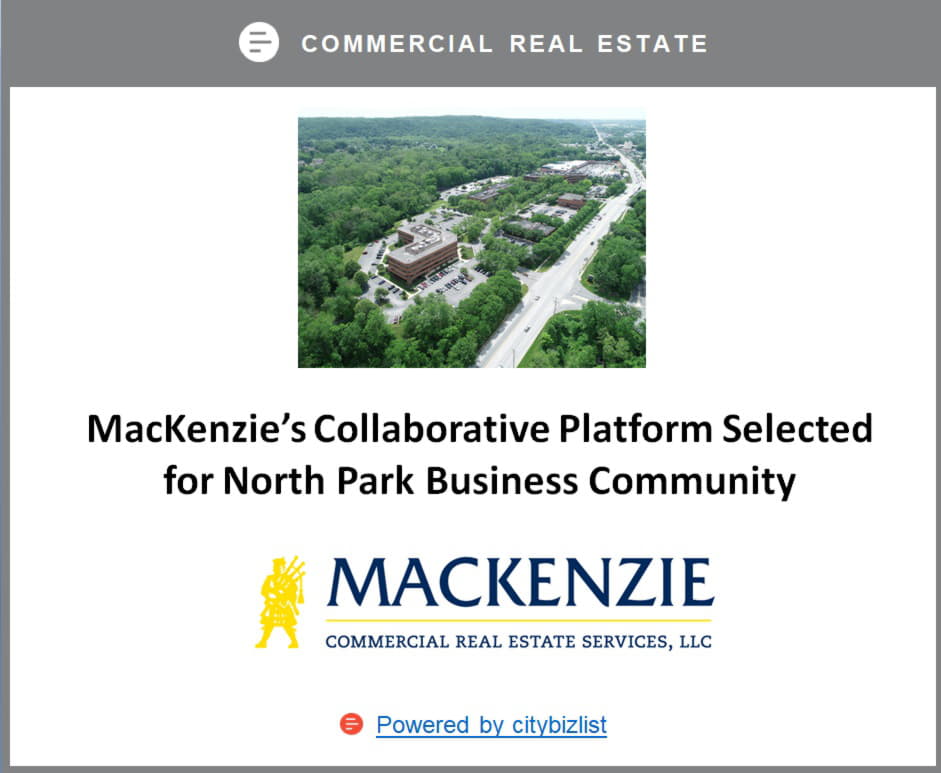Summary
- In January, Vertex Energy, a UMO re-refiner, announced completion of its pilot project with Tensile and announced a second SPV to transform its Heartland facility for higher-purity base oil production.
- The transactions placed it in the best financial position in more than five years. When it reported quarterly results in early March, the IMO 2020 transition performed ahead of projections.
- The current crisis surrounding covid-19 and falling crude oil prices are compressing spreads between its feedstock costs and product pricing. The market has chopped Vertex' share price over 75%.
- But, Vertex is as well-positioned financially, as well-partnered, as well-hedged and as well-prepared as it has been in years. Now is certainly not the time to panic.
The market turmoil resulting from the threat of covid-19 and the drop in crude oil prices hasn't changed my investment thesis on Vertex Energy (VTNR) even though the company's margins are tied to fuel prices.
The used motor oil (UMO) re-refiner reported an impressive recovery for the 2019 fourth quarter and full year on March 4th - yet to no avail. The market had bigger issues to reconcile. Still, Vertex Energy is as well-positioned financially, as well-partnered, as well-hedged and as well-prepared as it has been in years.
Vertex Energy's History
Vertex announced the acquisition of Omega Holdings in March 2014. The transaction included three facilities – Marrero (Louisiana), Myrtle Grove (Louisiana) and Bango (Nevada). Prior to the acquisition, Vertex Energy had a re-refining capacity of less than 30 million gallons of UMO. Omega added capacity of over 80 million gallons to create a combined capacity of nearly 110 million gallons. In June 2014, Vertex executed a $17 million private placement to enable expansion. By mid-2014, Vertex Energy owed over $40 million and faced a June 30, 2015 maturity date for $9.1 million of the total with Goldman Sachs (GS). Crude oil prices were more than $100 per barrel at the time and the company seemed well-positioned to handle the obligation.
But, crude oil prices tumbled and were cut in half by early 2015. Things were looking a bit bleak for Vertex Energy. But, the tumble in price enabled the re-refining industry to transition to a service fee model for the collection of UMO. The EPA had set used oil management standards and required tracking used oil for any business point that handles shipments of more than 55 gallons. It was reasonable for this regulated service to be performed for a fee, especially when the value of UMO was so low. When the value of UMO is high, local generators expect to be paid rather than to have to pay.
In June, 2015, Vertex was able to raise $25 million by issuing approximately 8.1 million shares of Series B preferred stock. The proceeds were used to pay down $15.1 million of its debt. By the end of the 2015 third quarter, Vertex had slashed long-term debt to $27.44 million.









